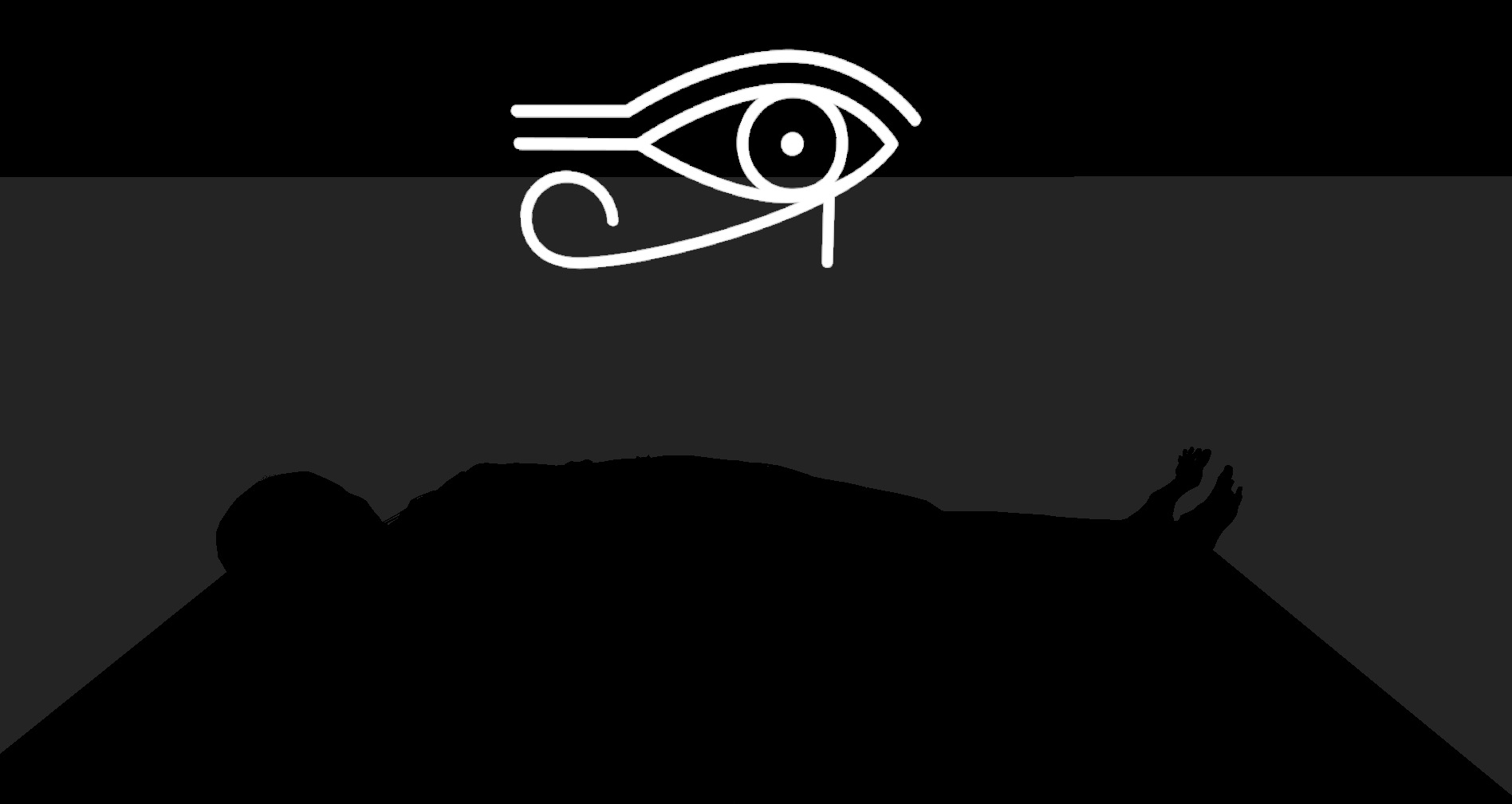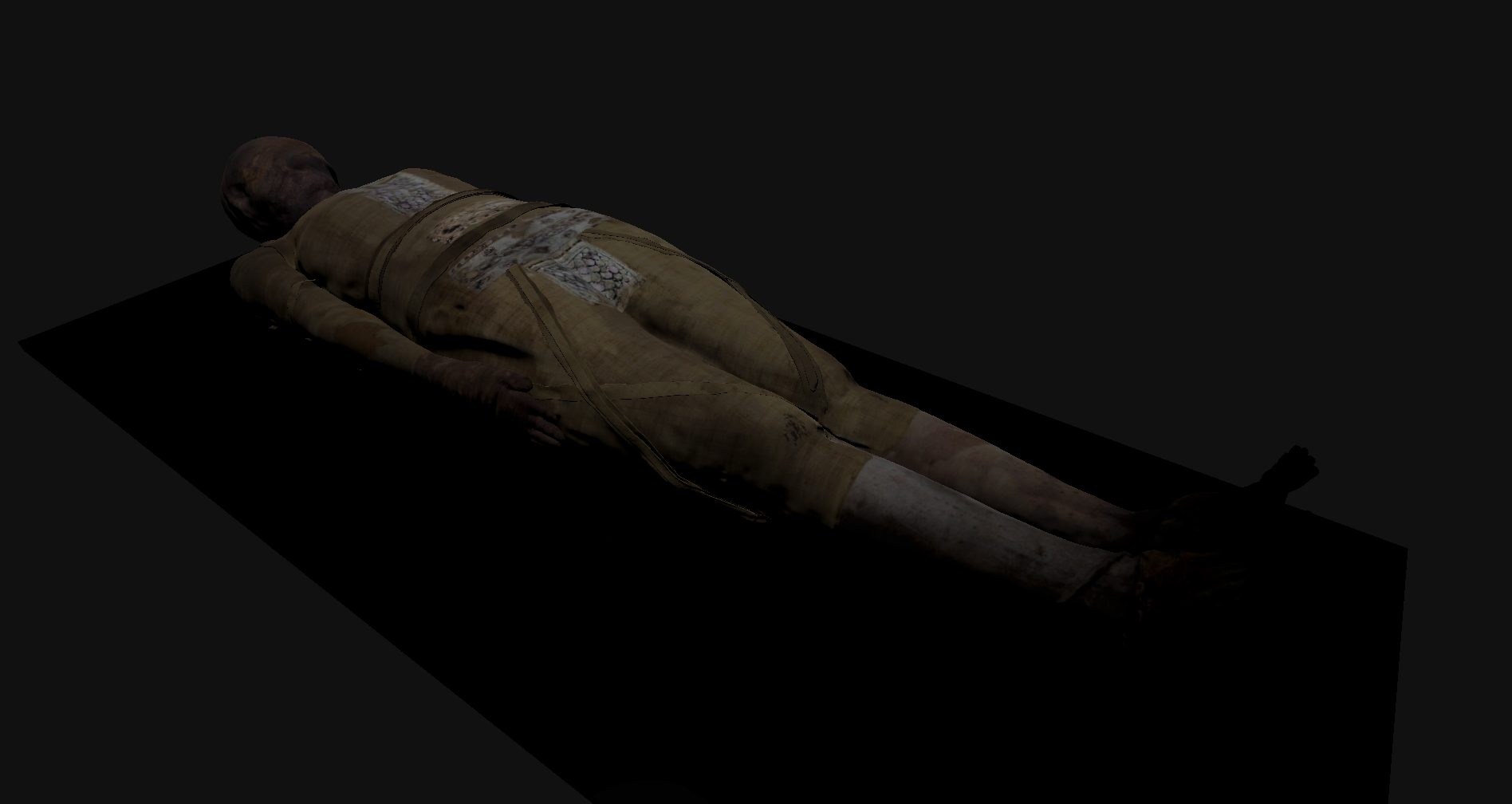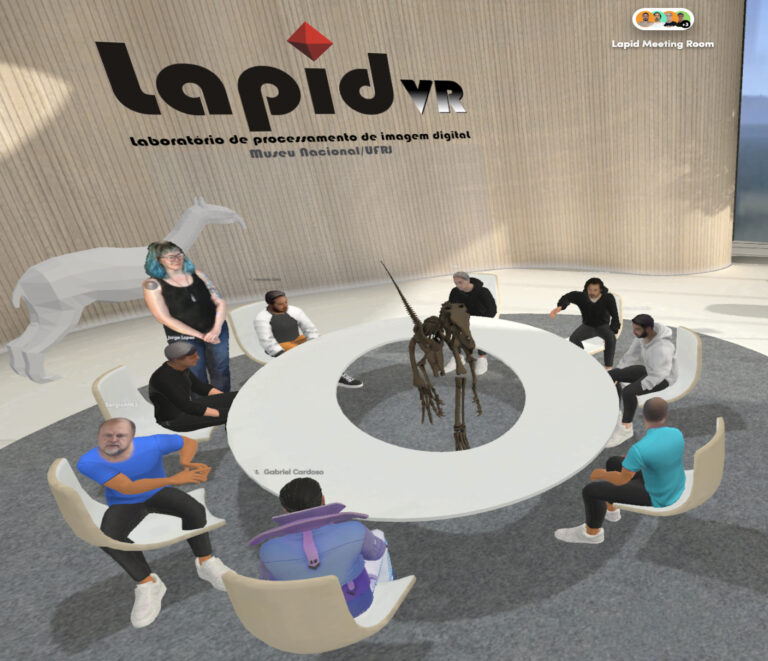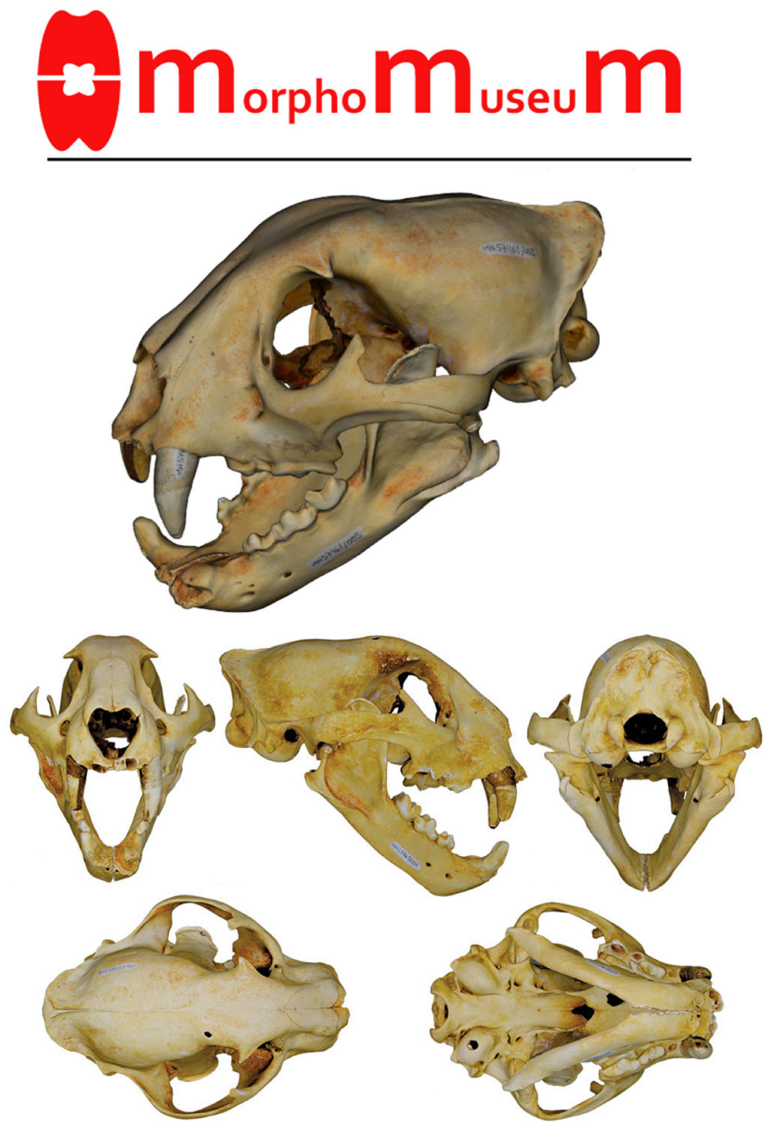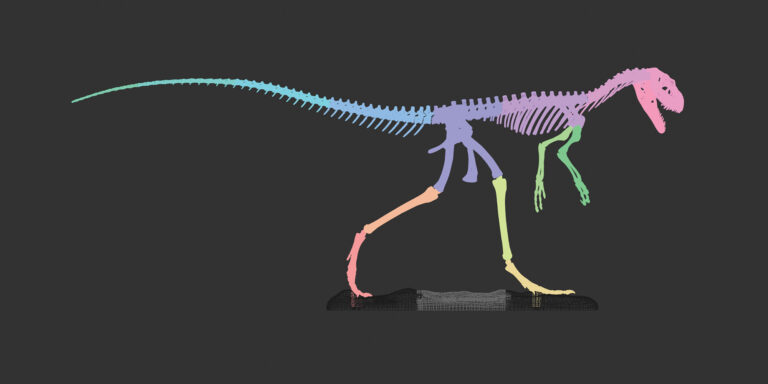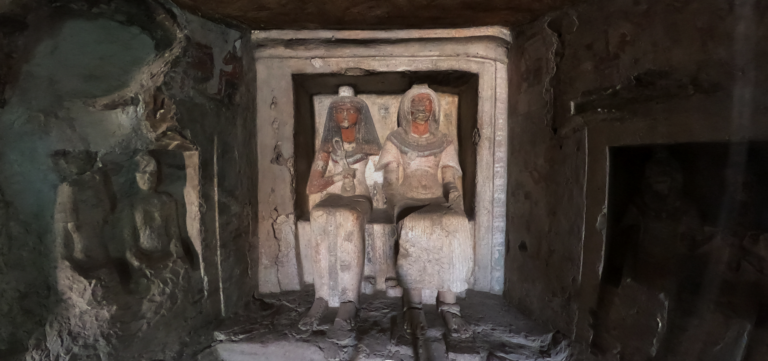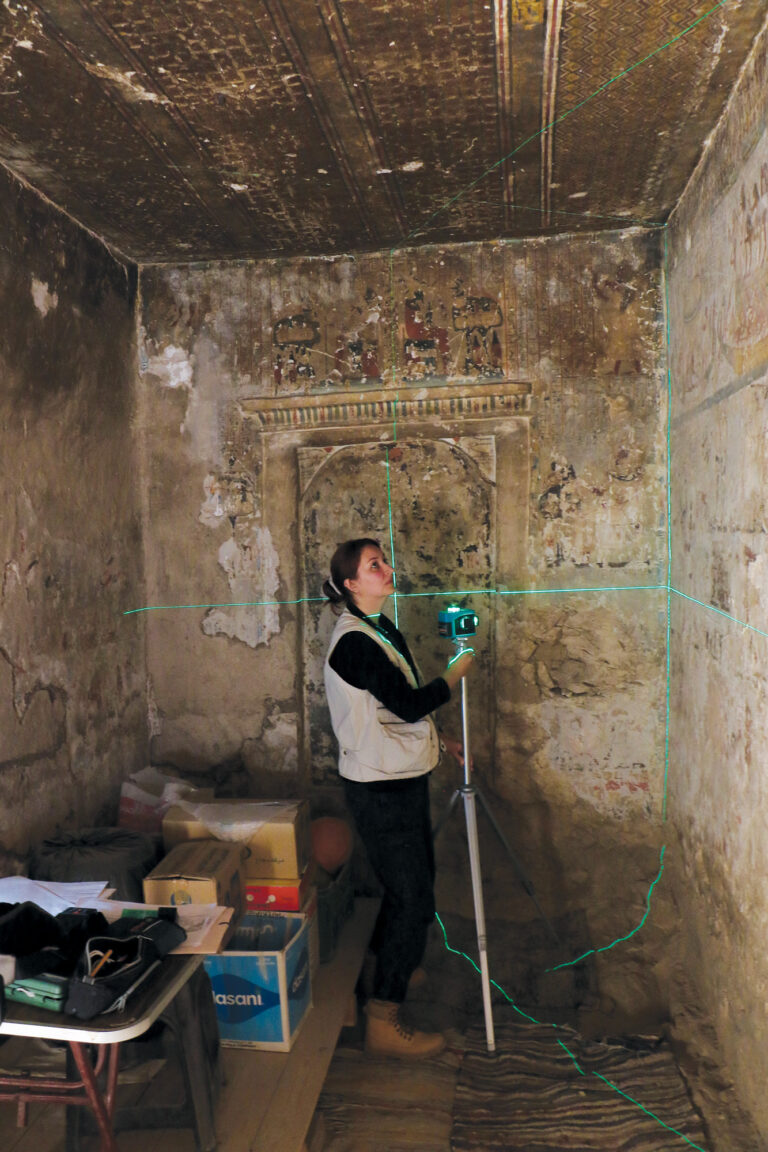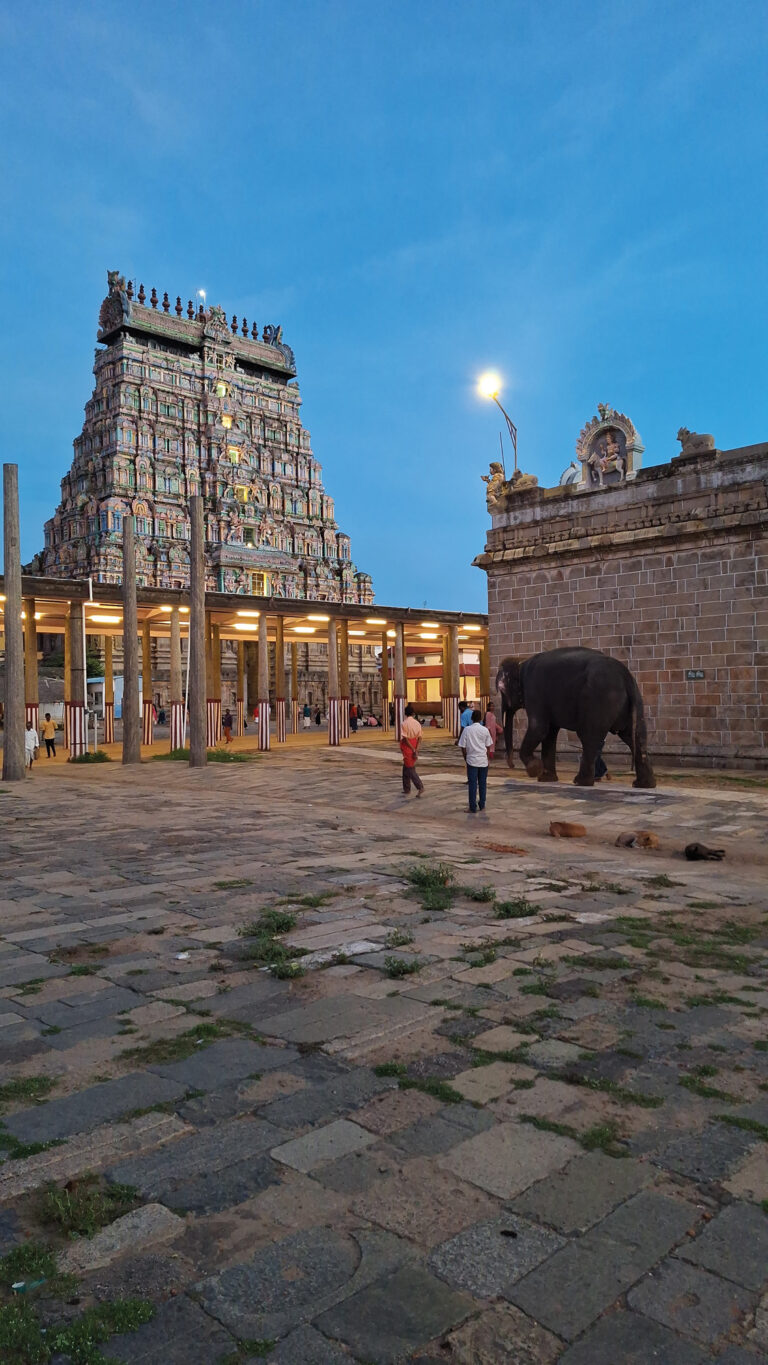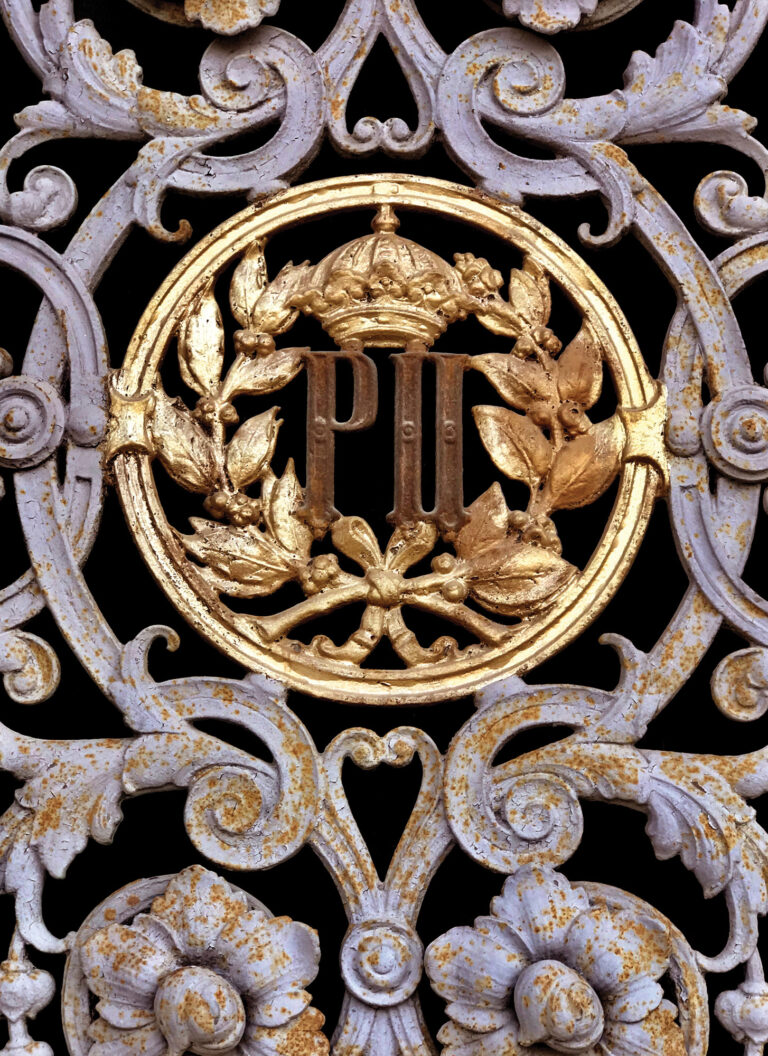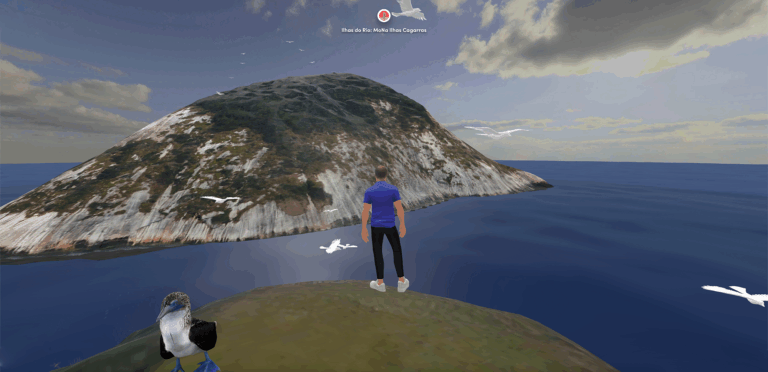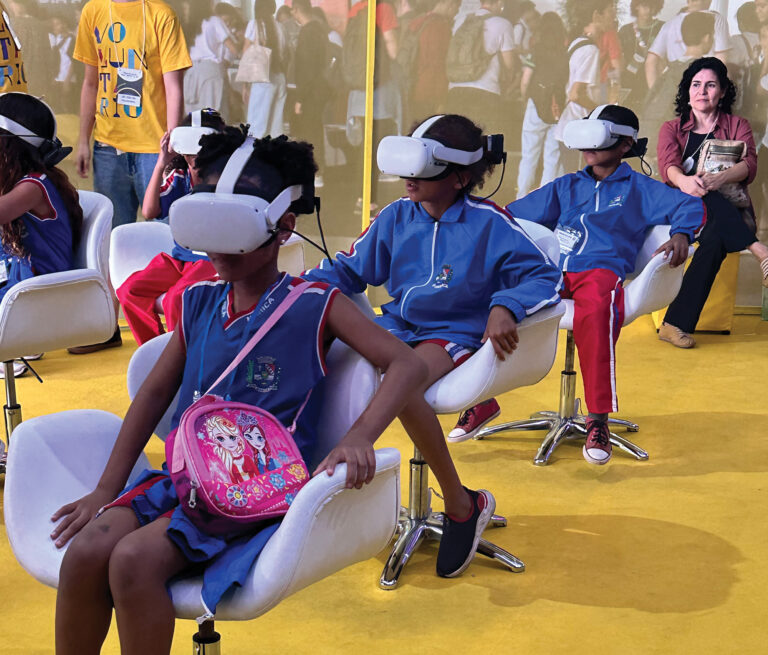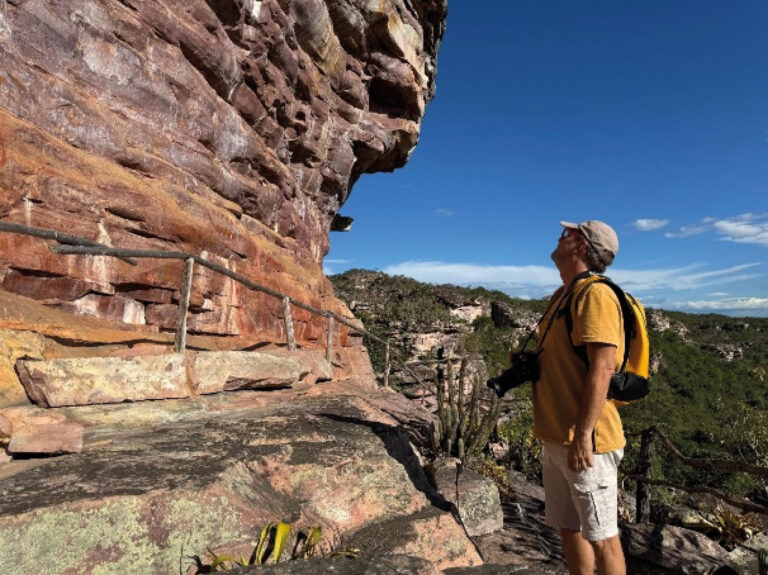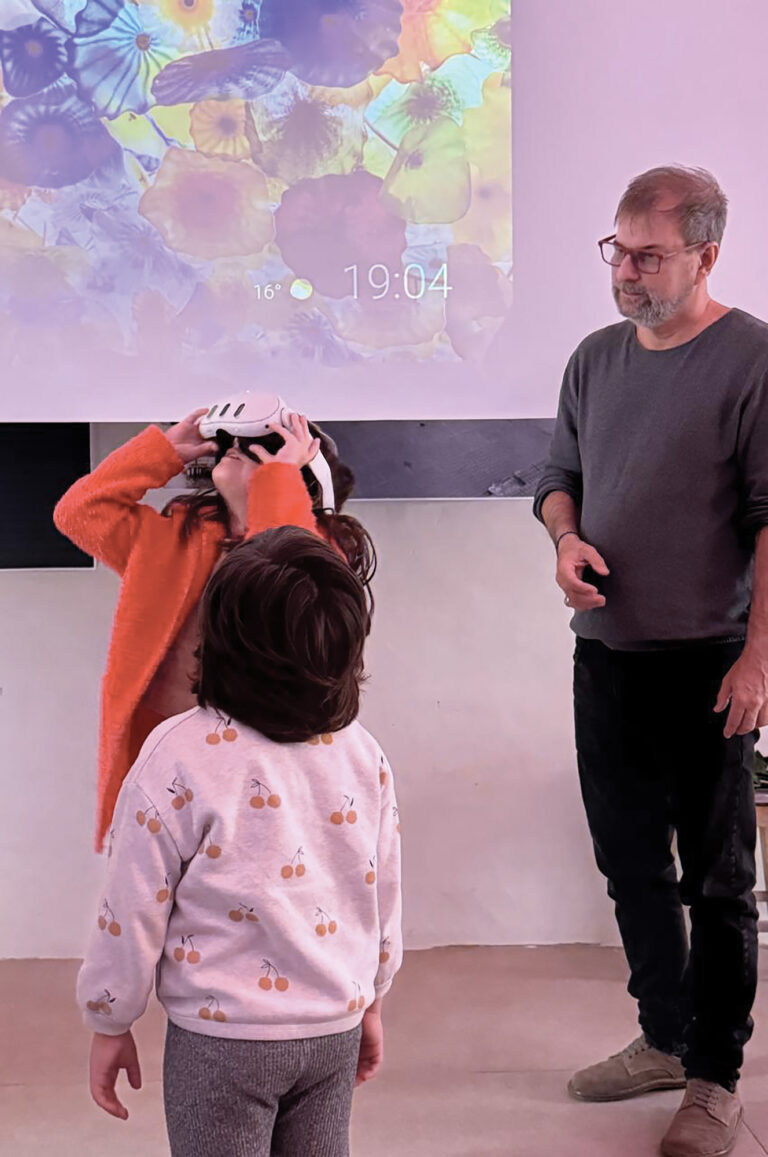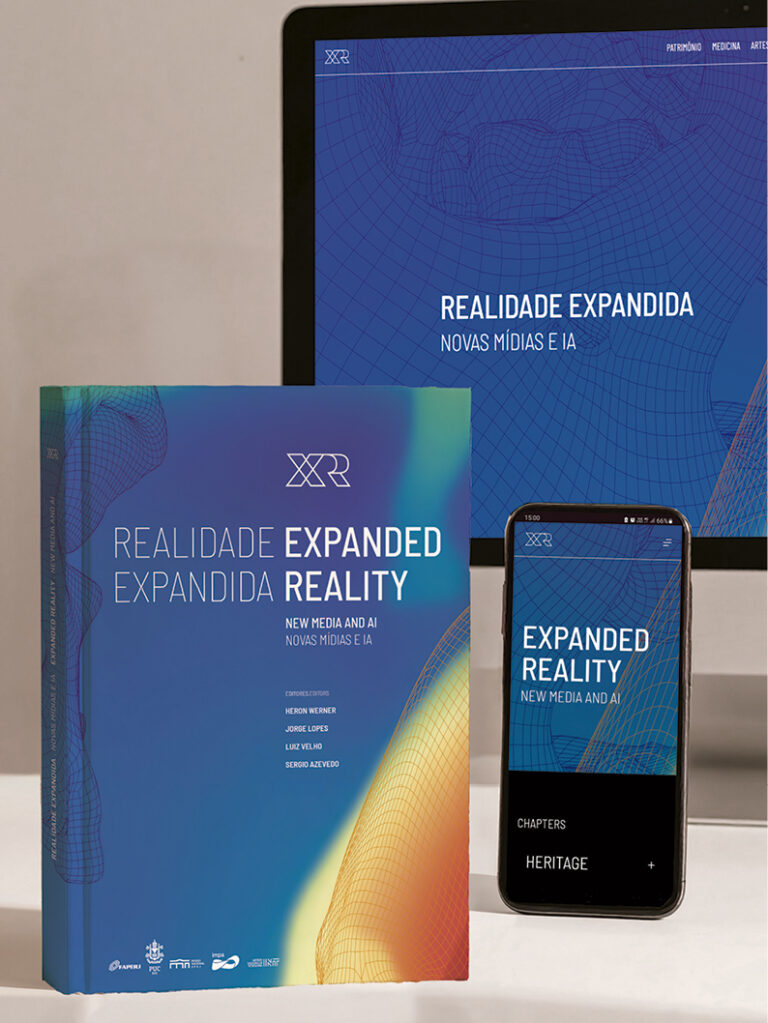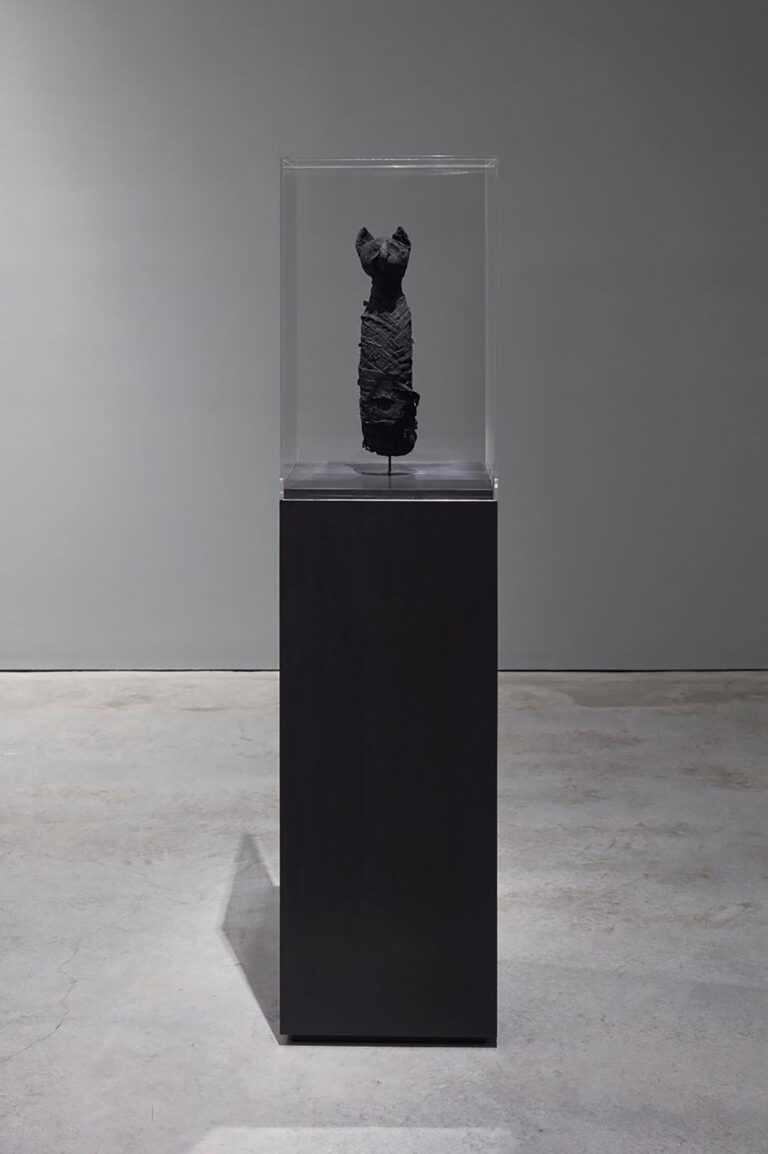In September 2018, a massive fire ravaged the main building of the National Museum in the city of Rio de Janeiro, Brazil. The tragedy had a significant impact on the institution’s scientific collections, including the Egyptian collection, the largest and most important in South America.
In the period following the tragedy, the National Museum’s Collections Rescue Team, made up of staff and students from the institution, made great efforts to rescue the damaged specimens and recover them for reintegration into the museum’s collections and exhibitions. At this point, the previous work of the National Museum’s Digital Imaging Laboratory (LAPID), which in previous years had developed extensive three-dimensional digitization work on specimens from several of the Museum’s scientific collections, became crucial. The digital archives served as a guide in the rescue process and will certainly be of great importance in the work and recovery of the collections.
Among the specimens lost in the fire were some Egyptian mummies of great historical and archaeological importance, material that had previously been digitized as part of the research of Dr. Antônio Brancaglion Jr., an Egyptologist at the museum.
At that time, as a result of the long-standing partnership between LAPID and the Biodesign Laboratory of PUC-Rio, and now with the collaboration of the Visgraf Laboratory of IMPA/MCTI, the idea of reconstructing lost pieces using virtual reality tools was born.
For this purpose, the female mummy (MN Inv. 65.575 – CR158) from the Roman period in Egypt (around 30 BC) was chosen (VANDENBEUSCH, 2019). The tomography and photographs of this material were then passed on to the staff responsible for carrying out the project, with the scientific coordination being the responsibility of Dr Brancaglion Jr. (Figure 1).
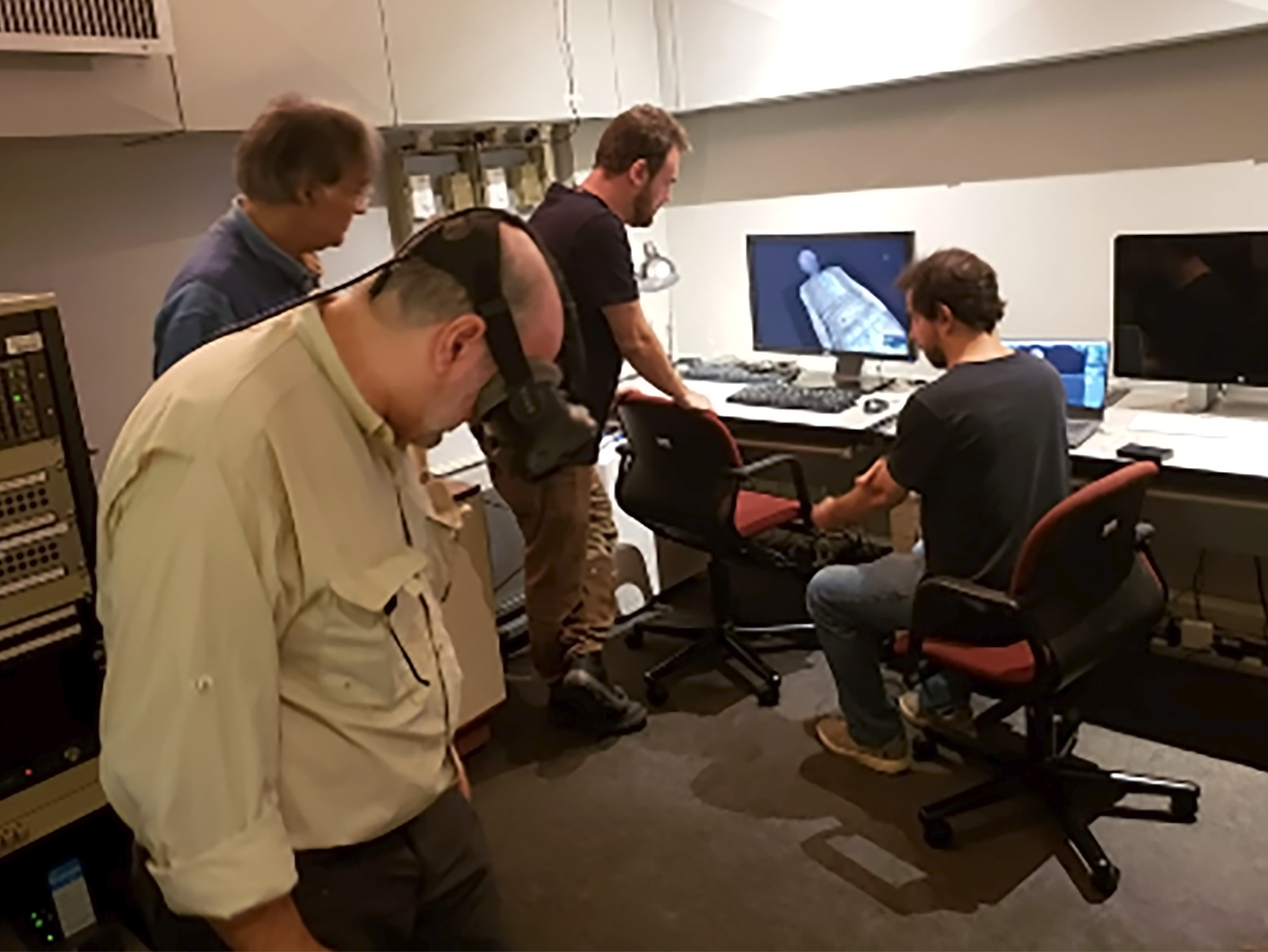
All available information was used to reconstruct a three-dimensional file that could reproduce the mummified human body, as the original had been lost. The main basis for the reconstruction were the three-dimensional files from computerized tomography scans carried out in previous research. Photographs, descriptions and advice from the curator of the National Museum’s Egyptian collection, Antônio Brancaglion Jr., and bioarchaeologist Sheila Mendonça were also used.
The polygonal 3D model created from the CT scan taken before the fire was retouched using Maxon ZBrush software. The aim of this retouching was to add features observed in the reference photographs and to remove marks from the acquisition process. The model then underwent a retopology optimization process using Remesh, and the surface details were transferred to a normal texture map, which simulates the relief of the surface in response to lighting.
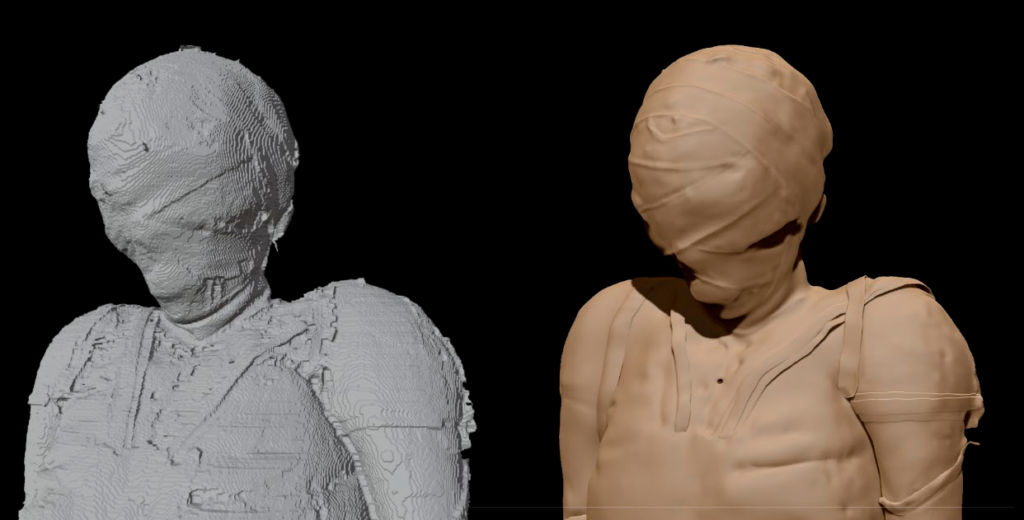
Since the perception of realism was a desirable characteristic, solutions were investigated to approximate the reference photos to the model. We used Adobe Substance Painter software to texture the model using the scan and reference photos. Many prints and details were flattened, cut out and retouched for application, while missing parts were filled in manually using a system of layers and stamps. The model was then consolidated and exported to Blender, where material parameters were adjusted, usually using the system’s texture assembly.
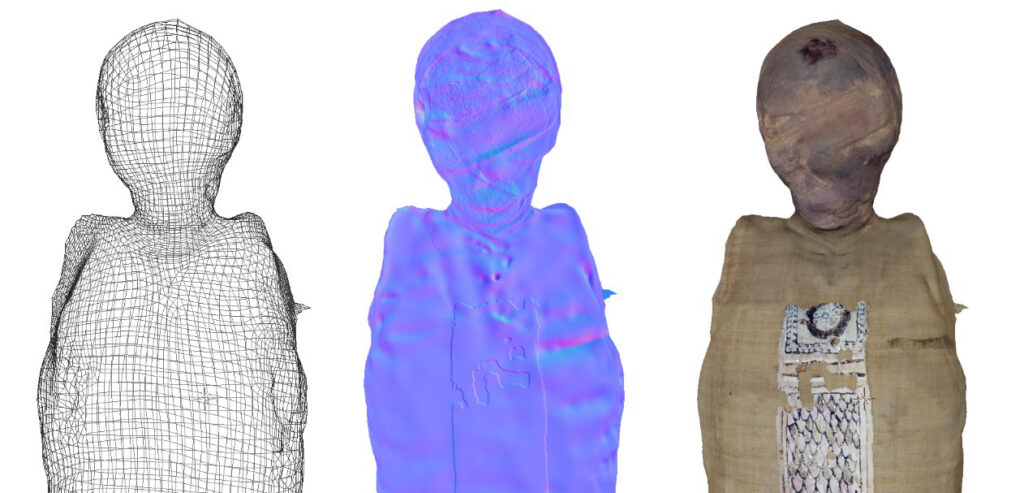
In order to create the mask that covered the face of the mummified body – which had been lost – images of a mummy from the British Museum, which has similar characteristics in terms of period, materials and method of mummification, were analyzed.
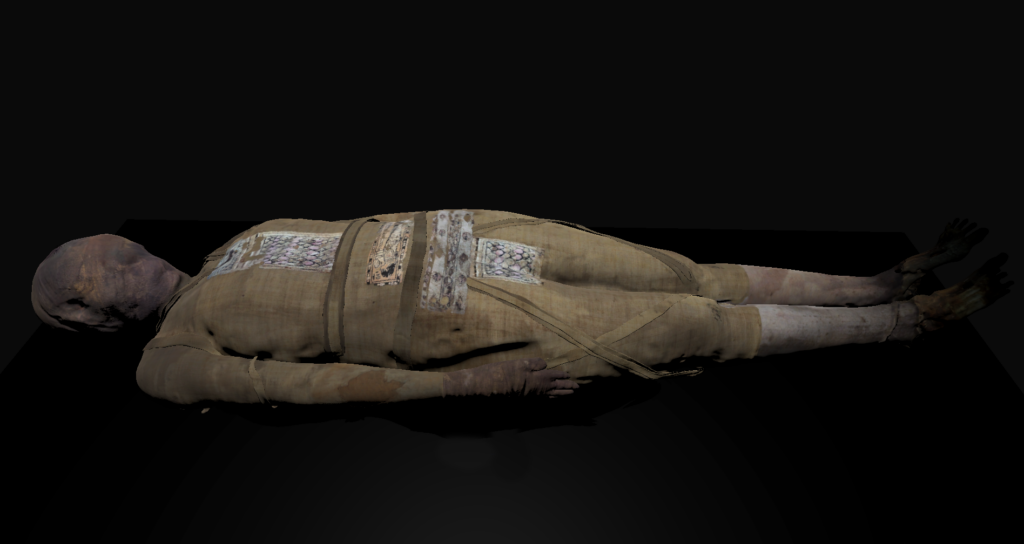
Parallel to the modelling process, the script was written by Andrea Lennhof and Luiz Velho, inspired by the details described by the experts. The description prepared by Antônio Brancaglion Jr. guided the narrative. To emphasize the points mentioned, directional lighting was designed to accompany the text. The narration, recorded off-screen by Antônio, was mixed with music evoking the musical style of the period.
The experience was implemented in the Unity 3D game engine, using OpenVR and Vive virtual reality glasses, in PC VR (i.e. the software runs on the computer and graphics card, and is viewed through the connected glasses). Unity enabled the integration and synchronization of media – lighting, 3D model, narration and music – through a timeline. The arrangement and the narration were chosen to favor the visualization of the model. In addition, a physical-virtual system was tested during assembly, using a table to record the scale and position of the base of the three-dimensional mummy.

In collaboration with Andrea Malanski, Luiz Velho and Alice Velho, the promotional material was created, including a pictogram that could be used within the experience, acting as a signpost for the beginning and end. The pictogram is a simplified drawing of the Eye of Horus – a hieroglyph that represents vision, protection after death and has mathematical properties. The letter “V” has been added to the name Horus to indicate the concept of visualization, as well as the subtitle “Virtual Egyptology” to explain the concept presented. The graphic treatment of both aims to represent the digital environment, both through the rounded shapes and the continuity of the lines. The brand was integrated into the project’s promotional material, along with the geometric mesh derived from the tomography.
After extensive testing and adjustments, the digital files were finalized and the experience, now called ‘V-Horus: Virtual Egyptology” (Figure 6), began to be implemented. A viewing environment was created using virtual reality glasses. The model used at the time was the HTC Vive.
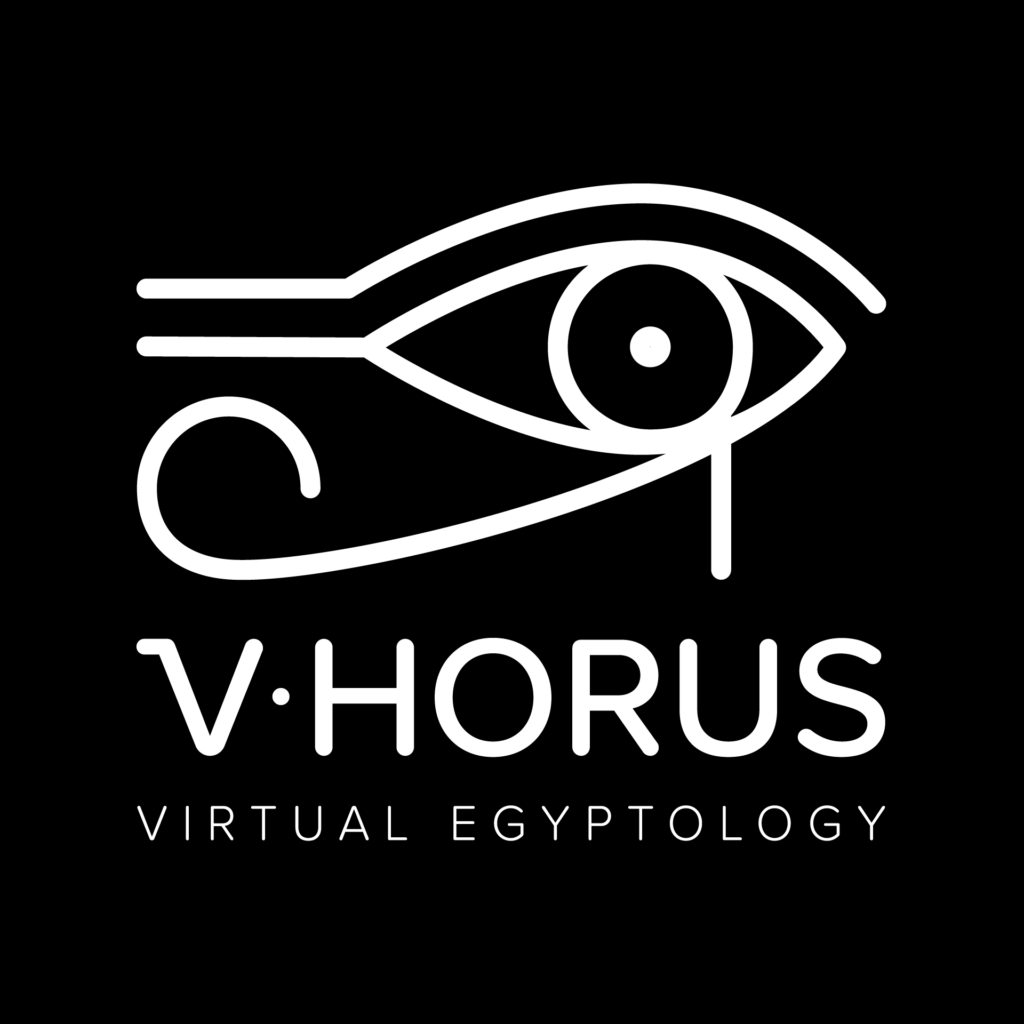
In September 2019, the “7th Egyptology Week at the National Museum” was chosen for its first public presentation, in anticipation of the strong appeal that this experience could generate, both in terms of the public, closely linked to the theme of Egyptology, and in terms of the museum community, strongly affected by the recent losses caused by the fire at the museum. For this purpose, a room was used parallel to the event, in the building of the Central Library of the National Museum, where the teams from LAPID/Museu Nacional/UFRJ, Biodesign/PUC-Rio and Visgraf/IMPA/MCTI made the VR environment available to the public. To guide the visitor during the VR experience, an empty table with a glass dome was provided, where visual equipment positioned the virtual image of the mummy.
As expected, the impact was immense, not only from a scientific point of view, as viewing a lost piece rescued in virtual reality allows us to learn more about it, but above all from an emotional point of view, as the National Museum community can now see again the specimen that was often seen in the museum’s exhibition and lost in the 2018 fire (Figure 7).
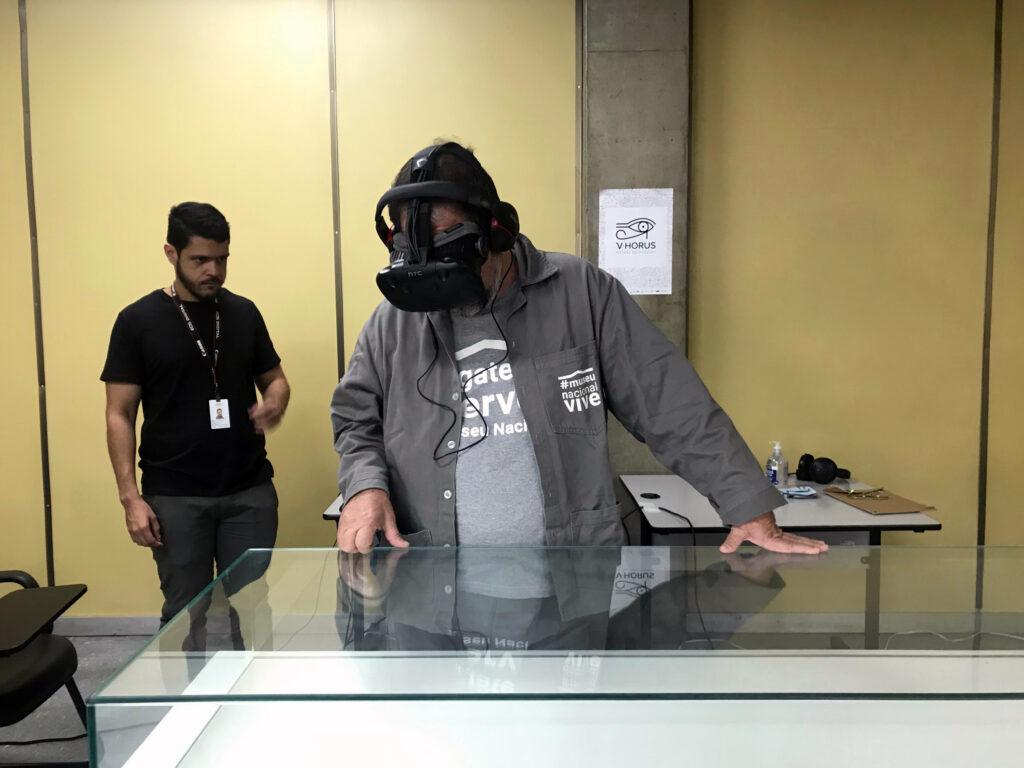
Later, in 2019, the experience was made available in other places or linked to other events, such as the “II Seminar on Three-Dimensional Technologies Applied to Scientific Research” (Figure 8), “PUC-Rio Design Week” (Figure 9), and in editions of the “Meninas Com Ciência” Project – Museu Nacional/UFRJ (Figure 10), and was always received with great enthusiasm by the public.
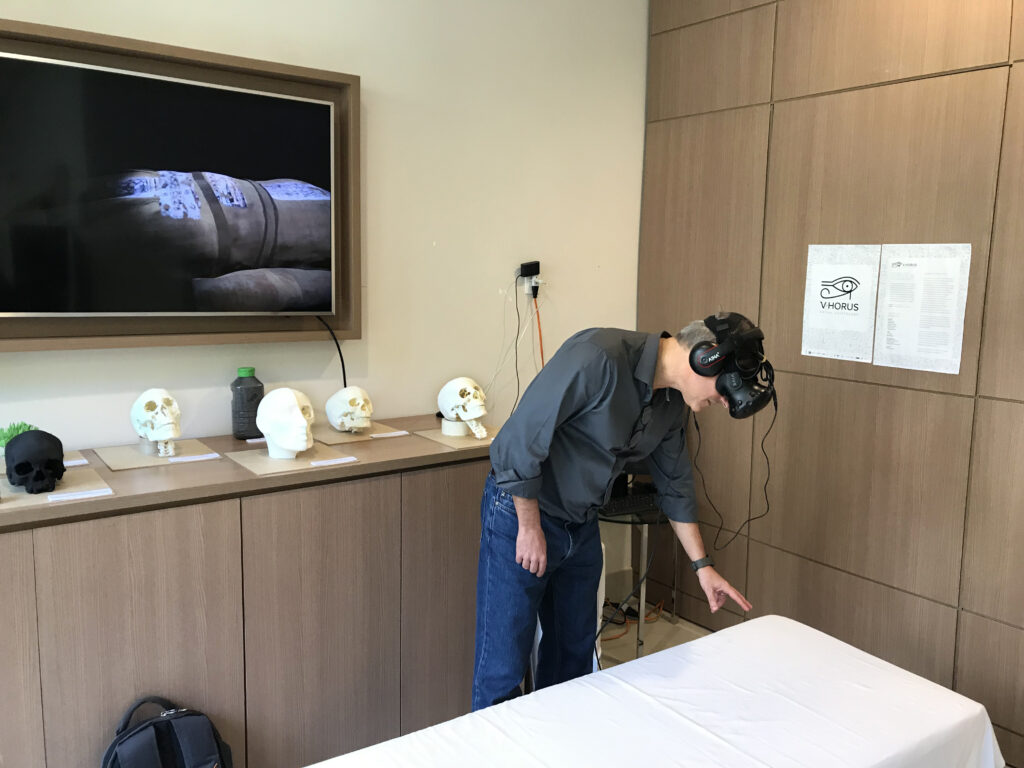
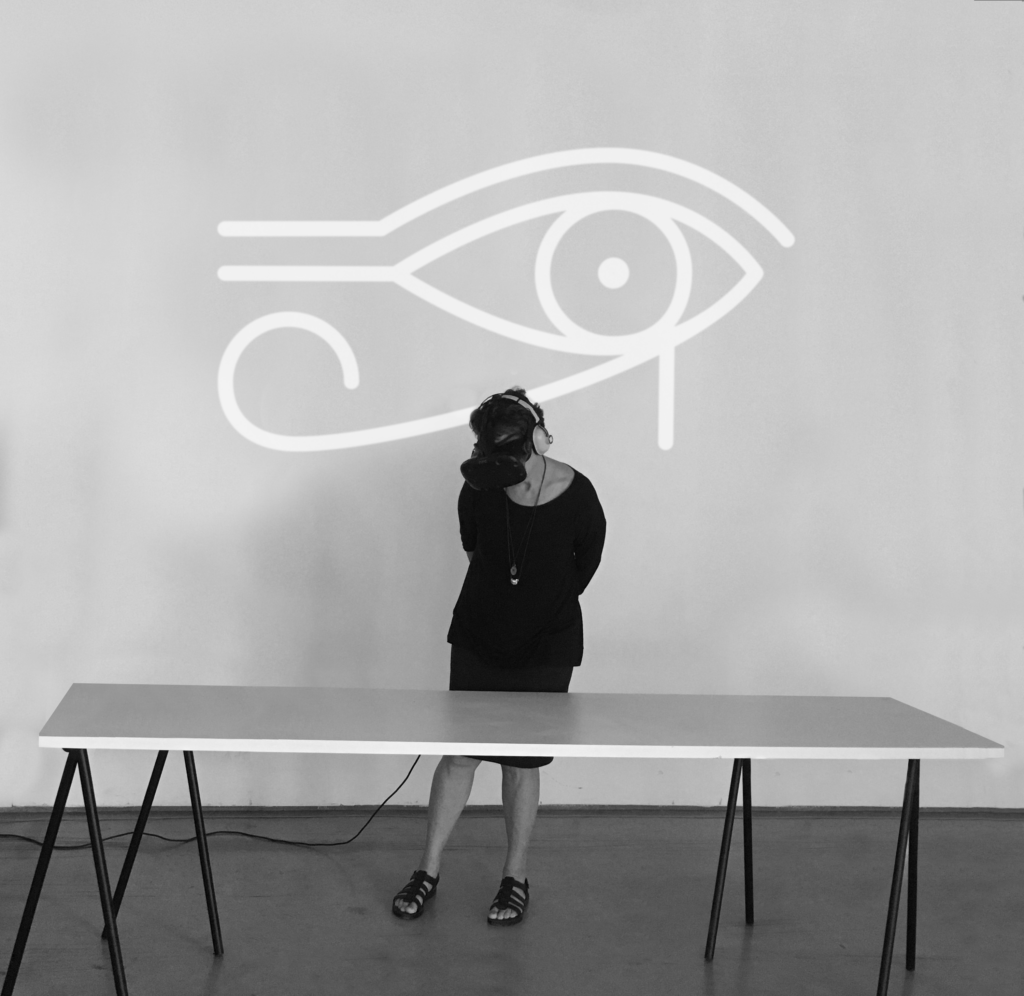
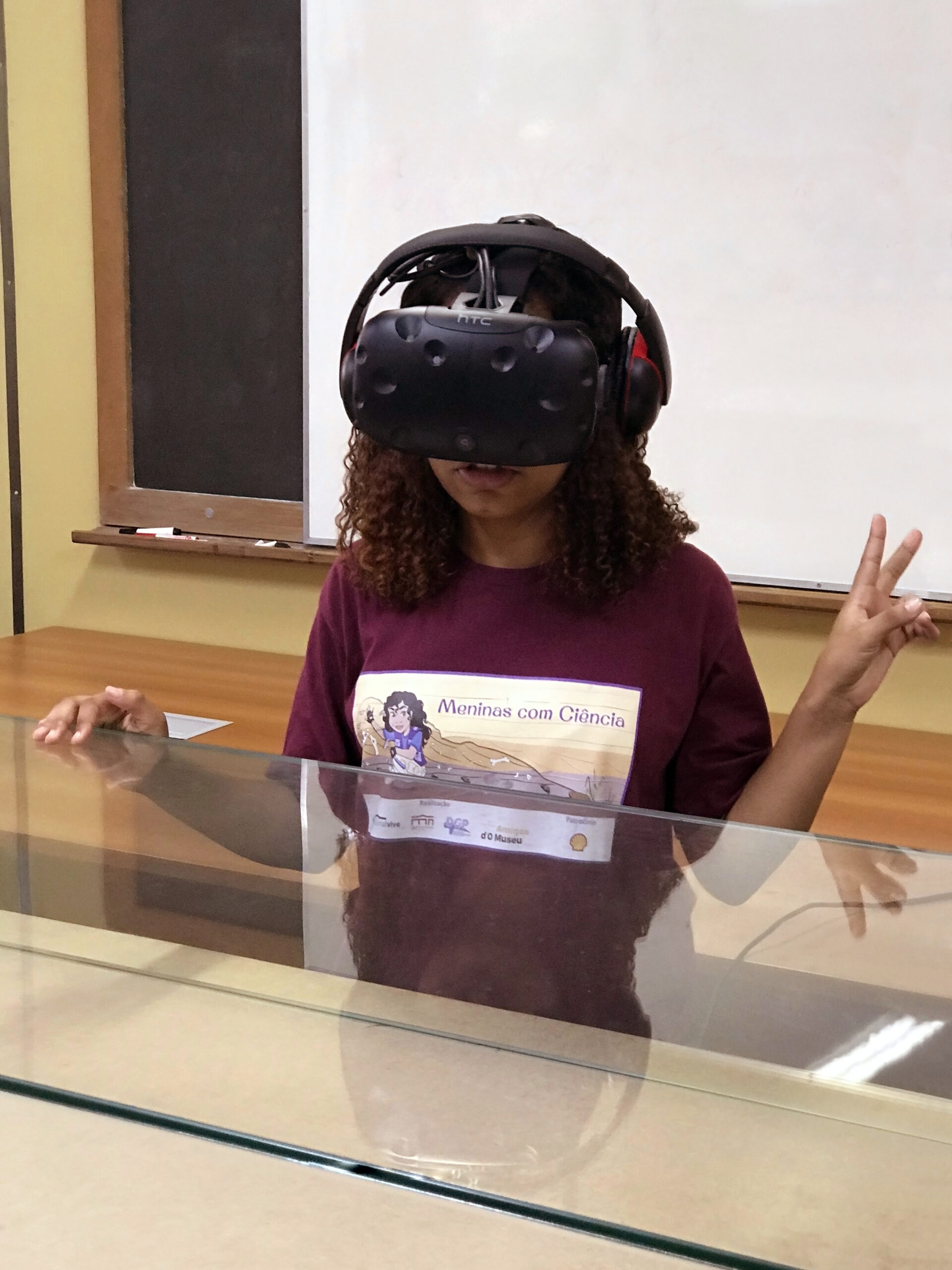
In addition to the great reception that the V-Horus project received in all its public applications, the experience ended up becoming a starting point for the consolidation of a working group composed of researchers from Museu Nacional/UFRJ, PUC-Rio and IMPA/MCTI, as well as for several other virtual reality experiences made available on different platforms and media.
References
Gillings R. J., 2003. Mathematics in the Time of the Pharaohs. Cambridge. MIT.
Vandenbeusch, M., 2019. Encounter with two mummies from Roman Egypt. p. 34-41.In: Lopes, Azevedo, Werner Jr. & Bracaglion Jr., 2019. Seen/Unseen: 3D Visualization. Rio Books, 248p.
